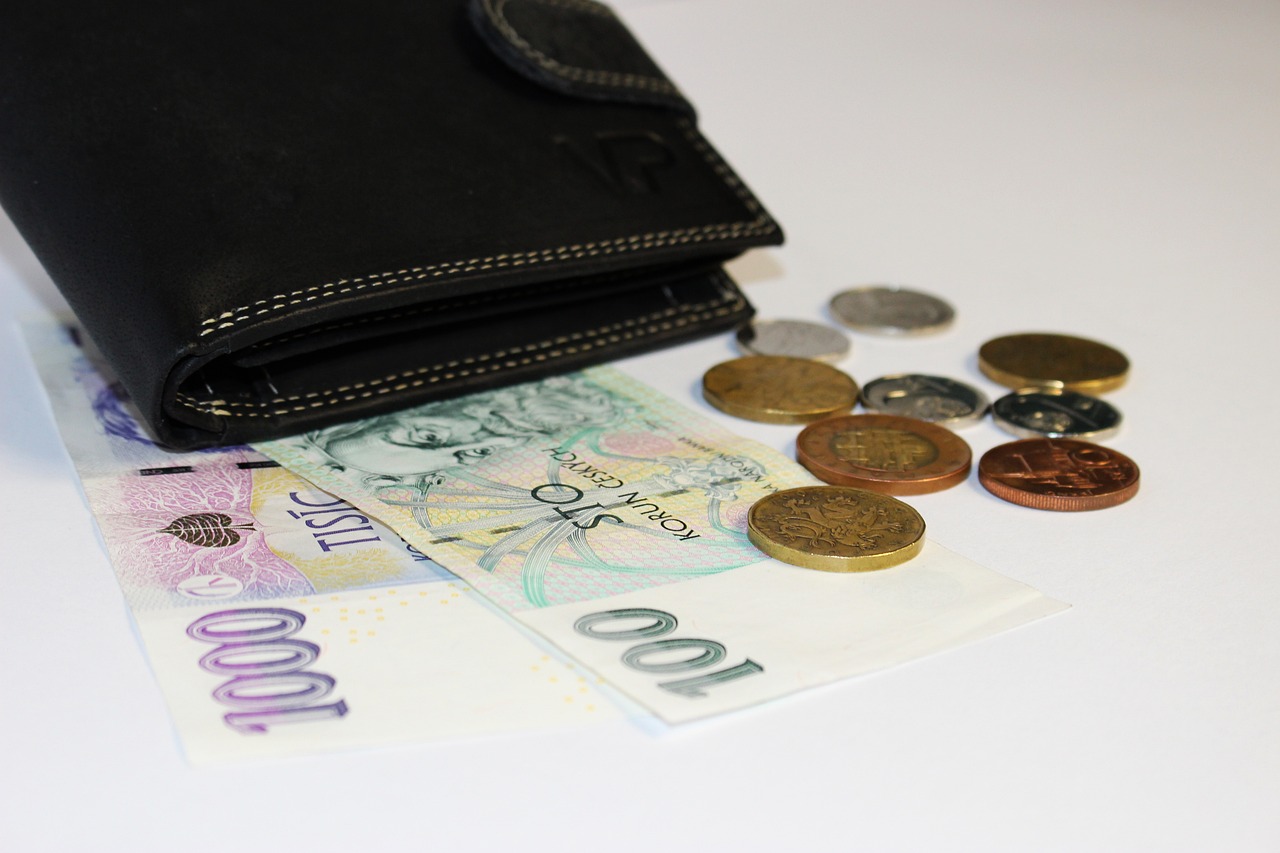USD to Bangladeshi Taka: Exchange Rate Fluctuations, Economic Factors, and Future Predictions
GPT_Global - 2025-11-03 04:30:12.0 78
How often do the USD to Bangladeshi Taka exchange rates fluctuate?
The USD to Bangladeshi Taka (BDT) exchange rate is known to fluctuate regularly, influenced by a variety of economic factors. These include changes in global market conditions, shifts in the demand for US dollars, and fluctuations in oil prices. For businesses in the remittance sector, understanding these changes is crucial to providing the best value to customers sending money home.
The exchange rate between USD and BDT is not static and can experience daily shifts, sometimes even hourly, depending on market trends and geopolitical events. Additionally, the Bangladesh central bank's interventions or monetary policies can also cause short-term variations. As a result, individuals and businesses looking to send money should stay updated on these fluctuations to optimize their transactions.
For those involved in remittances, it’s essential to monitor exchange rate trends and work with a provider who can offer competitive rates. Frequent fluctuations can impact the total amount received by recipients in Bangladesh, making it vital to time transfers wisely. This dynamic nature of exchange rates requires vigilance to ensure the best possible outcome for money transfers.

Why is the Bangladeshi Taka weaker compared to the US Dollar?
**Why is the Bangladeshi Taka Weaker Compared to the US Dollar?**
The Bangladeshi Taka (BDT) has remained weaker compared to major currencies like the US Dollar (USD) for several key reasons. One of the primary factors is the country's economic structure, heavily reliant on agriculture and textiles, which are susceptible to global market fluctuations. This instability often causes the taka to lose value against more stable currencies like the dollar.
Another factor is Bangladesh's trade deficit. The country imports more than it exports, which creates a higher demand for foreign currencies like the US Dollar, thereby weakening the Taka. Additionally, foreign investment levels in Bangladesh are relatively low, further exacerbating the demand for dollars and diminishing the Taka's value.
The Bangladeshi government has also struggled with inflation, leading to a decreased purchasing power of the Taka. Despite government efforts to stabilize the currency, external factors like oil prices, political uncertainty, and global economic shifts continue to affect the exchange rate.
For the remittance industry, understanding currency fluctuations is crucial. As the Taka weakens, remittance businesses can offer competitive exchange rates, helping families in Bangladesh benefit from more value when receiving USD or other foreign currencies.
Can you predict the future value of USD to Bangladeshi Taka?
As the world becomes increasingly interconnected, the exchange rate between currencies, like USD to Bangladeshi Taka (BDT), plays a crucial role in global business, particularly for the remittance sector. For individuals sending money to Bangladesh, the fluctuating value of the dollar can significantly impact the amount received by beneficiaries.
Predicting the future value of USD to BDT is challenging, as it depends on various factors, including economic conditions, political stability, and global events. Experts often rely on trends, historical data, and market analysis to forecast potential movements in the exchange rate.
For remittance businesses, it is essential to stay updated on these trends and provide transparent information to customers. Offering competitive exchange rates and ensuring that your clients are aware of any changes can help build trust and attract more users. Additionally, hedging strategies may be used to minimize risks associated with exchange rate fluctuations, providing more stability for both senders and recipients.
In conclusion, while predicting the future value of USD to Bangladeshi Taka with certainty is impossible, staying informed and offering flexible services will ensure that your remittance business remains competitive and reliable in this dynamic environment.
What was the USD to Bangladeshi Taka exchange rate 5 years ago?
In the ever-changing world of currency exchange, understanding historical trends is crucial, especially for remittance businesses that rely on the fluctuations of foreign exchange rates. One important question many people ask is: What was the USD to Bangladeshi Taka (BDT) exchange rate five years ago? Back in 2019, the exchange rate was approximately 1 USD to 84-85 BDT, reflecting a relatively stable value compared to today’s rates.
This information is especially relevant to those sending money to family members in Bangladesh. For remittance businesses, knowing the trends in exchange rates helps provide valuable insights for their customers and can assist in predicting future costs of international money transfers. Fluctuations in the exchange rate can significantly impact the amount received by the recipient in Bangladesh.
Over time, the Bangladeshi Taka has seen gradual depreciation against the US Dollar, influenced by factors like inflation, global economic shifts, and domestic policies. For remittance services, staying updated with historical data can enhance their ability to offer the best rates to clients, ensuring more money reaches loved ones.
Ultimately, understanding historical exchange rates empowers both businesses and consumers, ensuring informed decisions when it comes to sending or receiving international remittances.
How do international economic events impact the USD to Bangladeshi Taka exchange rate?
The exchange rate between the USD and Bangladeshi Taka (BDT) is influenced by various international economic events. These events can significantly affect the remittance business, as they impact the value of the US dollar relative to the Bangladeshi currency.
Global economic shifts, such as changes in interest rates in major economies like the US, can lead to fluctuations in the USD to BDT exchange rate. When the US Federal Reserve raises interest rates, the US dollar tends to strengthen, making remittances more valuable for recipients in Bangladesh.
Similarly, economic crises, geopolitical tensions, or trade policies can create uncertainty in the global markets, which may cause a weaker BDT. This can drive up the cost of sending money from the US to Bangladesh, affecting remittance services.
Additionally, inflation rates and international trade balances play a role. A surge in Bangladesh’s imports or exports could also impact the value of the Taka, thus influencing remittance exchanges. Businesses dealing in remittances must closely monitor global events to adapt their strategies and minimize costs for their customers.
About Panda Remit
Panda Remit is committed to providing global users with more convenient, safe, reliable, and affordable online cross-border remittance services。
International remittance services from more than 30 countries/regions around the world are now available: including Japan, Hong Kong, Europe, the United States, Australia, and other markets, and are recognized and trusted by millions of users around the world.
Visit Panda Remit Official Website or Download PandaRemit App, to learn more about remittance info.



